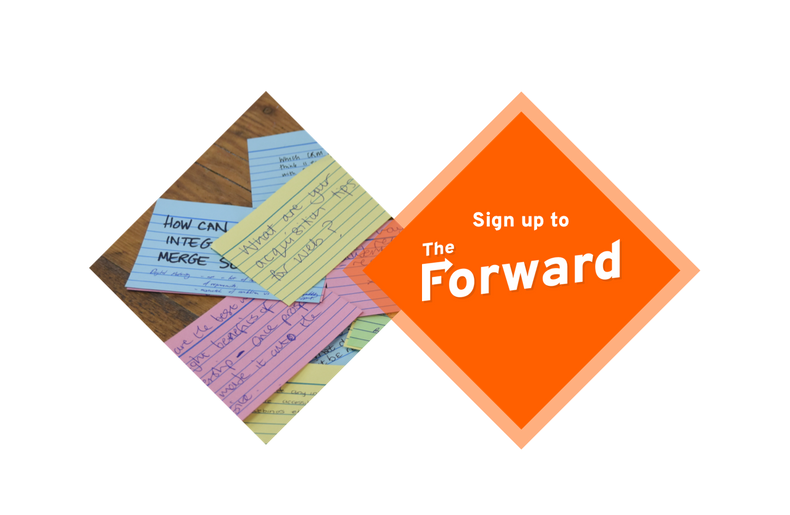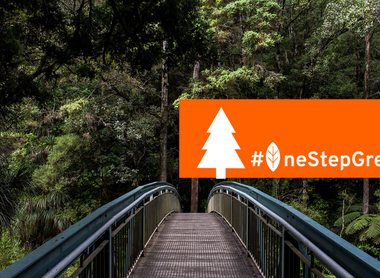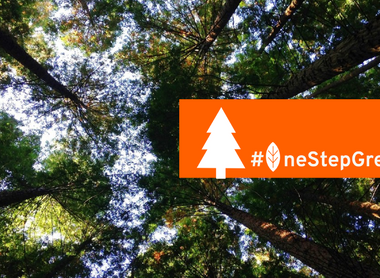10 top tips for greener web tech
Get top tips for technology that can help greener web development.
With the internet contributing around 3.8% of global emissions - the creation and management of websites has its role to play in the effort to tackle climate change.
What you add to web pages affects their size. The lighter the page weight, the quicker the load time and less energy is used to store and serve them.
There are simple actions that you can take to make your website lighter, faster and more energy efficient. Your members will also have a better online experience as a result. To measure how your website performs right now, check out our list of useful tools below.
Pixl8 Creative Director Luke Holderness and Head of Delivery Andy Lee share their top tips on how to create greener (and better) web pages:


Migrating existing content to a new website? Don’t just lift and shift content - rewrite and reshape it so it is more effective, useful and takes up less space. To coin a sustainability phrase: reduce, recycle and reuse your content.
Our longform report feature in Preside can help you do this. See how the NUJ are using it on their website.
This practice delays loading images and other website assets until they are needed by the user as they scroll down a page. The benefits include:


Get top tips for technology that can help greener web development.

Find out more about our SME Climate Commitment and what we are doing to reduce our energy consumption.

As COP26 starts, we share top tips on sustainable website design, insights into greener web development and explain the steps that we're taking to reduce energy consumption.